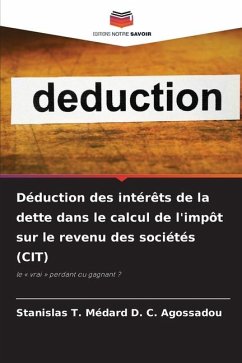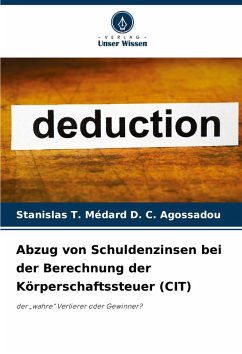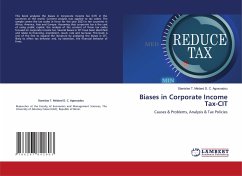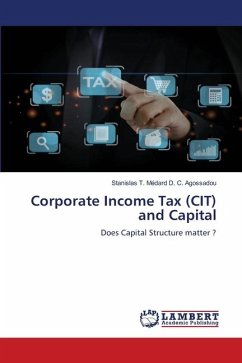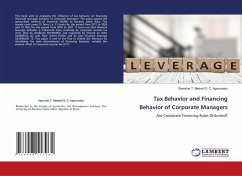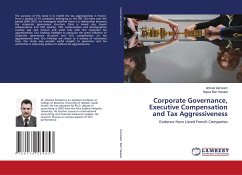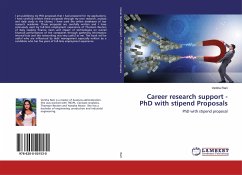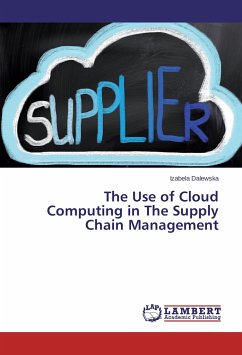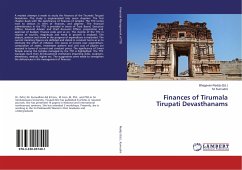
Debt Interest Deduction in Computing Corporate Income Tax (CIT)
The "Real" Loser or Winner?
Versandkostenfrei!
Versandfertig in 6-10 Tagen
32,99 €
inkl. MwSt.

PAYBACK Punkte
16 °P sammeln!
This paper focuses on tax incidence, looking for "real" loser or winner of debt interest deduction in computing CIT. The first sample is a case study of two identical firms, one indebted and the other unindebted, with the same profitable investment project over a period of time. The second sample contains 20 indebted firms in France over a 5-year period. The non-free cost and revenue assumption is used. The stylized case study of two hypothetical firms and the empirical analysis of 20 firms in France lead to the same result. In fact, Debt interest deduction in computing CIT, has as "true" losi...
This paper focuses on tax incidence, looking for "real" loser or winner of debt interest deduction in computing CIT. The first sample is a case study of two identical firms, one indebted and the other unindebted, with the same profitable investment project over a period of time. The second sample contains 20 indebted firms in France over a 5-year period. The non-free cost and revenue assumption is used. The stylized case study of two hypothetical firms and the empirical analysis of 20 firms in France lead to the same result. In fact, Debt interest deduction in computing CIT, has as "true" losing the firm with zero financial leverage and as "true" winning the firm with non-zero financial leverage. This paper is one of the first to expand the literature by looking for the "real" loser or winner of debt interest deduction in computing CIT.





